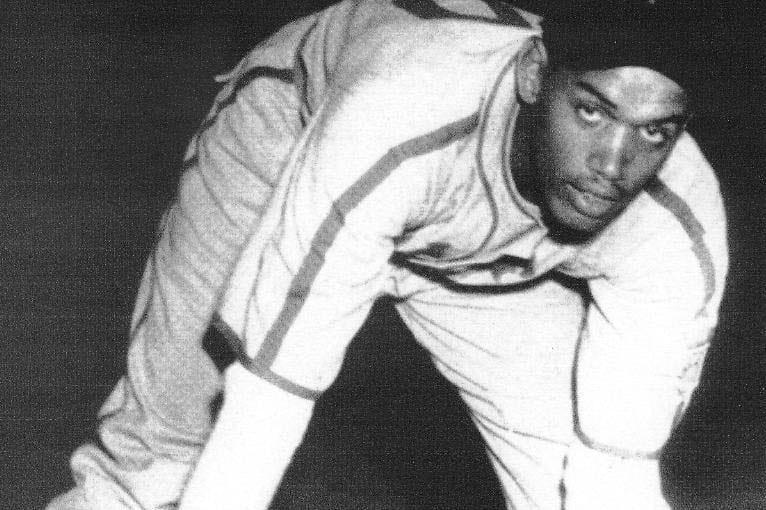Any baseball fan knows the Philadelphia Phillies, and old-timers may remember the Philadelphia Athletics. But how many know about the Philadelphia Stars? They played in the Negro National League, a vital piece of sports history crucial to understanding how the game is played today. Meghan Essman, assistant professor in the Rawlings Sport Business Management program, wants to make sure that link isn’t forgotten.
She recently worked with the Phillies to create “America at Bat: The Color of Baseball,” a website and curriculum that recounts the years that African American players were barred from the big leagues and had their own circuit instead.

“It focuses on the climate that led to the emergence of the Negro Leagues in our country,” Essman says. “It covers playing conditions — including life on the road, economics, Negro League organizations throughout the country and how Jackie Robinson breaking the color barrier led to the end of Negro League baseball.”
To keep alive the memory and the lessons from those years, Essman worked with the Phillies MLB Urban Youth Academy, which offers skills instruction to help develop the next generation of baseball players. That training is both physical and academic, she says, and places the Negro National League into the larger context of American history.
“We push children to think critically,” Essman says, “and to reflect on the conditions and the perseverance of those who were playing the game. They need to look at how baseball has evolved and think about the challenges those players faced.”
Jim Crow laws often meant players were banned from many hotels and restaurants, so they had to find lodging at the homes of sympathetic fans.
One portion of the curriculum focuses on Philadelphia because the Phillies commissioned Essman to create the program. Essman worked for the Phillies for 15 years before joining Maryville in 2015.
Many individual stories are featured on the website, including that of Mahlon Duckett. In 1940 he was drafted by the Philadelphia Stars at age 17.
“Because of his age, Duckett’s parents had to grant permission, which they reluctantly did, and he went on to win that year’s Negro National League Rookie of the Year award,” Essman says.
Regarding Robinson’s breaking of the color barrier with the Brooklyn Dodgers on April 15, 1947, Duckett reflected, “When Jackie signed, I was a little shocked. Jackie wasn’t necessarily the best Negro League player, but we all soon learned that he was the right choice, and he went on to become one of baseball’s greatest.”
Duckett, who died in 2015, was one of several Negro League players honored in 1994 by then Vice President Al Gore at the White House, and was selected by his hometown Phillies when Major League Baseball held a Special Negro League draft in 2008.
Duckett and others who comprise the Negro National League changed the game of baseball by bringing their fast-paced style of play to the game, Essman says.
“Previously the MLB style was a game of power with players relying on the long ball. By contrast, the Negro League game was fast-paced and one of finesse,” Essman says. “Players manufactured runs with the bunt, steal and the hit and run. This caused the defense, and pitchers in particular, to pay attention to what was happening on the base paths.”
The Negro Baseball League’s rich history needs to be remembered, understood and appreciated, she says.
“They were an amazing group of men who played the game of baseball at a time when they were not widely accepted on the field with white baseball players,” Essman says.
Photo of Mahlon Duckett courtesy of Philadelphia Phillies Major League Baseball
